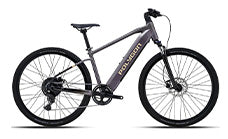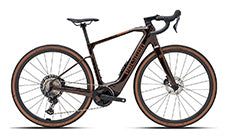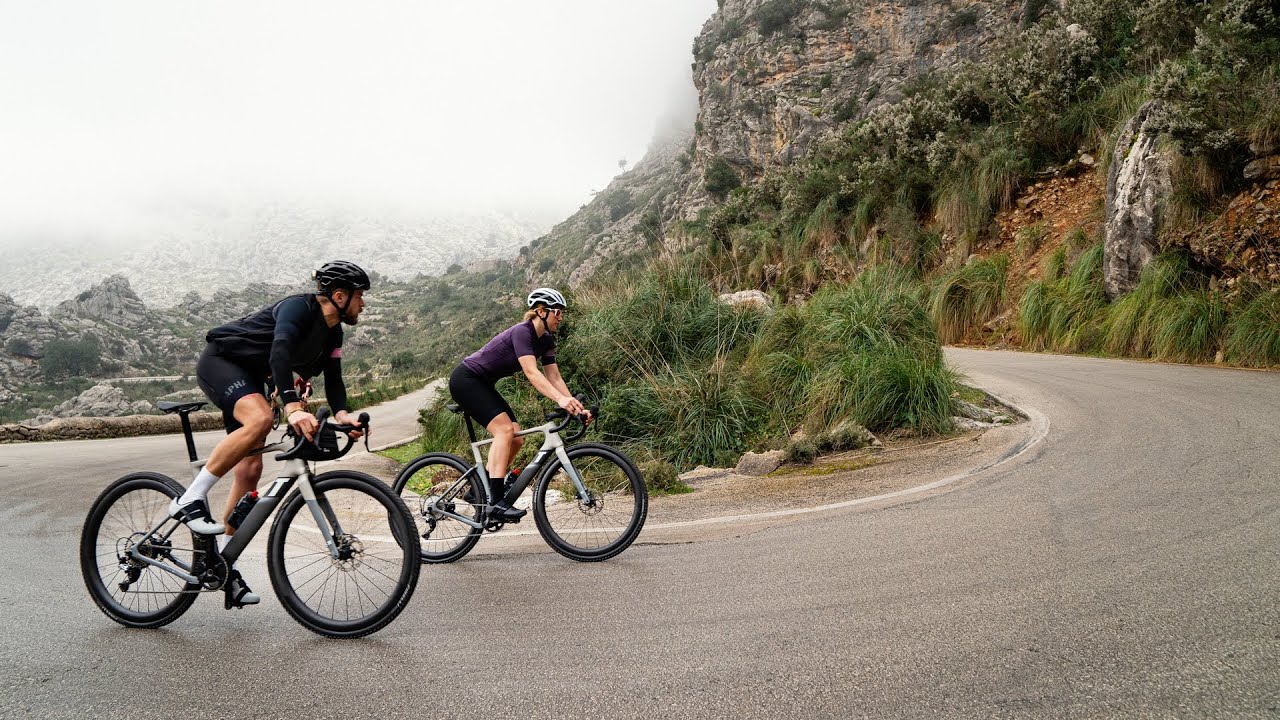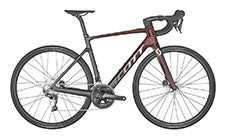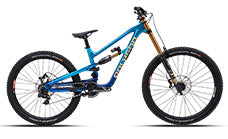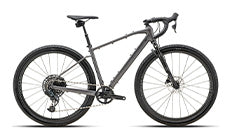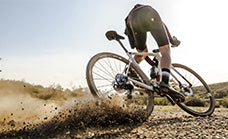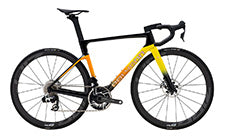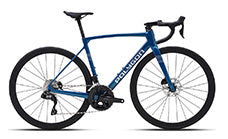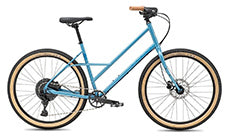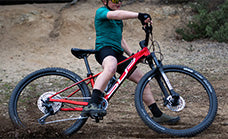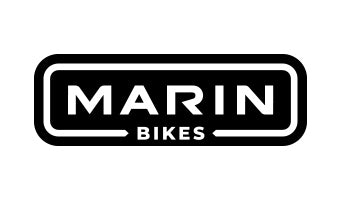How many miles can an electric bike go?

Electric bikes have revolutionized the way we think about commuting, fitness, and adventure. But one pressing question remains: how many miles can an electric bike go on a single charge? There's no straightforward answer as it depends on various factors. Let's dive into this topic to give you a clearer picture.
Understanding range
The term "range" is crucial when talking about electric bikes. It refers to the distance an e-bike can travel on a single battery charge. Various elements influence this number, and knowing them can help you get the most out of your ride.
Battery capacity: This is usually measured in watt-hours (Wh). A higher capacity generally means a longer range.
Motor power: Measured in watts (W), the motor's power affects how much assistance you receive, impacting the overall range.
Pedal assist levels: Different levels provide varying amounts of support, directly affecting battery life.
Throttle-only mode: Using throttle-only mode without pedaling drains the battery faster.
Typical distances covered by electric bikes
On average, most e-bikes can cover between 20 to 50 miles per charge. Factors such as terrain, weight, and weather conditions will also play roles here.
Factors affecting range
Several variables affect the range of an electric bike. Understanding these can help you better plan your trips and manage your expectations.
Terrain: Uphill climbs consume more battery power than flat or downhill rides. Similarly, riding on rough terrains like gravel can drain the battery faster compared to smooth roads.
Weight: The total load, including body weight and any cargo, impacts the battery's efficiency. Heavier loads require more energy, thus reducing the maximum distance.
Battery capacity and its impact
Your e-bike’s battery size has a significant influence on its range. Larger batteries store more energy, allowing for longer rides. However, they are also heavier and may take longer to charge.
For instance, a 400Wh battery on a moderate pedal-assist setting might offer around 30-40 miles per charge. On the other hand, a 700Wh battery could potentially extend that range to 60-70 miles per charge if all other factors remain constant.
Optimizing your e-bike's battery life
To make the most out of your battery and maximize your ride, consider following these tips:
Maintain steady speeds: Constant acceleration and deceleration can drain the battery quickly.
Use appropriate pedal assist levels: Relying heavily on high assist levels reduces range. Balance your use based on the terrain and your energy levels.
Avoid extreme temperatures: Both hot and cold temperatures can affect battery performance. Store and charge your battery in moderate conditions whenever possible.
Average vs. maximum distance
When manufacturers advertise their e-bikes, they often highlight the maximum distance achievable under ideal conditions. However, the real-world average distance usually falls short of this number due to less-than-perfect riding conditions.
While understanding your e-bike's potential max distance is helpful, it's more practical to plan using the average distance. This approach ensures you won't find yourself unexpectedly stranded with a dead battery.
Real-user experiences
Many e-bike enthusiasts share similar findings—most report achieving around 70-80% of the claimed maximum distance in everyday use. For example, if an e-bike boasts a 100-mile range, users typically experience 70-80 miles in varied real-world conditions.
Motor power and its implications
Motor power is another vital factor influencing how far an electric bike can go. Motors come in different wattages, commonly ranging from 250W to 750W.
Higher-powered motors can provide stronger assistance but at the expense of battery life. Conversely, lower-powered motors are more energy-efficient but might not offer enough boost for steep hills or headwinds.
That said, your choice should align with your primary usage. If you mostly commute over flat surfaces, a 250W or 350W motor might suffice. For more challenging terrains or longer distances, a 500W or even 750W motor would be more suitable.
Balancing motor power and battery life
Achieving the right balance between motor power and battery life involves a bit of trial and error. Many riders find success by starting with middle-range options and adjusting based on their specific needs and routines.
Begin with mid-range settings: Test how these settings perform across your typical routes.
Adjust according to the terrain: Increase or decrease assist levels based on incline and surface type.
Monitor battery consumption: Keep track of how different setups impact your overall range to make informed adjustments.
Understanding pedal assist and throttle-only mode
Electric bikes usually offer both pedal assist and throttle-only modes. While both features enhance your ride, they impact the range differently.
Pedal assist: This feature provides variable assistance as you pedal, extending battery life because it combines human effort with motor power.
Throttle-only mode: Engaging the throttle allows you to ride without pedaling, which can be convenient but significantly reduces the range since it relies solely on battery power.
Choosing the right mode
Using the right combination of pedal assist and throttle-only mode can optimize your electric bike’s efficiency, helping you go further. Reserve throttle-only mode for situations requiring quick bursts of speed or when you're too tired to pedal.
Effect of riding style on range
Your personal riding style also plays a crucial role in determining how far you can travel on a single charge. Smooth, steady pacing consumes less energy compared to aggressive, speedy starts and stops. Riding conservatively isn’t just good for your bike’s battery; it’s also safer.
A relaxed and composed riding style helps maintain a consistent speed, thereby conserving battery life. Experienced e-bike riders usually develop a rhythm that balances enjoyment and efficiency.
Practical tips for efficient riding
Consider these practical tips to ensure your riding style contributes positively to maximizing your e-bike’s range:
Anticipate stops: Slow down gradually instead of making sudden stops.
Avoid rapid accelerations: Build up speed steadily rather than launching quickly.
Plan your route: Choose paths with fewer obstacles and smoother terrains to conserve battery.
Summary of common e-bike ranges
To wrap things up, here’s a quick reference list summarizing common ranges observed in different scenarios:
Flat terrain with moderate assist: 30-50 miles
Mixed terrain with variable assist: 20-40 miles
Hilly terrain with high assist: 15-25 miles
Understanding these averages can help set realistic expectations and inform better planning for your rides.


